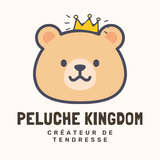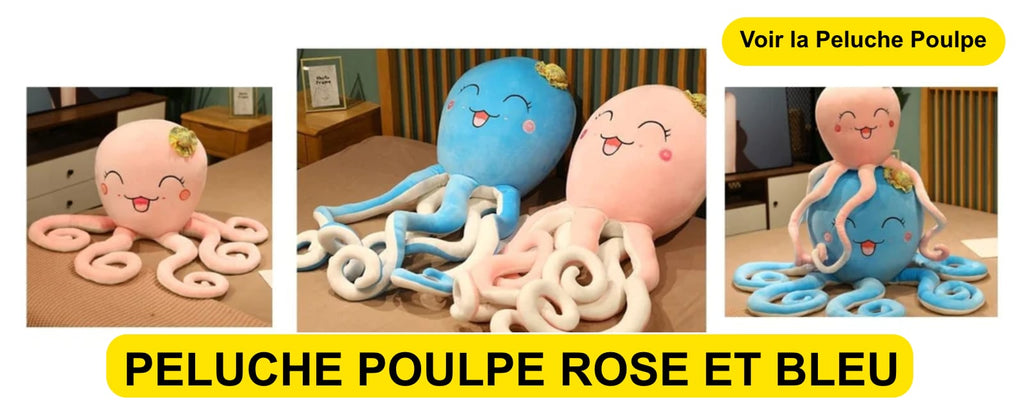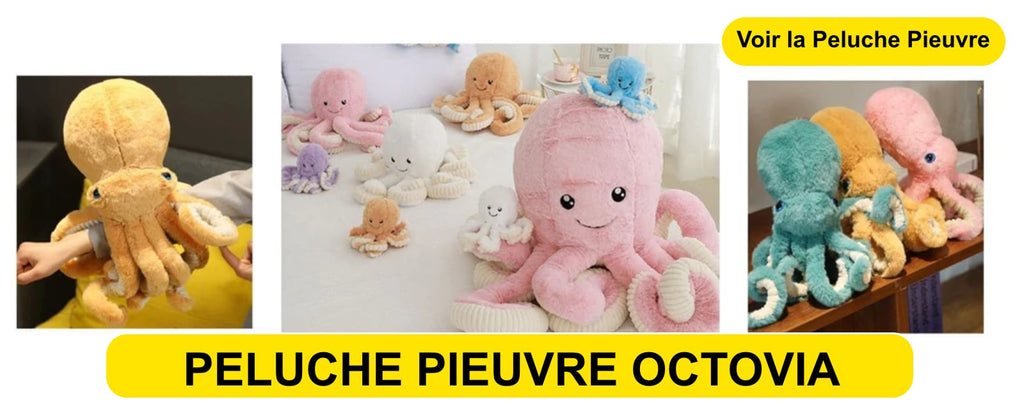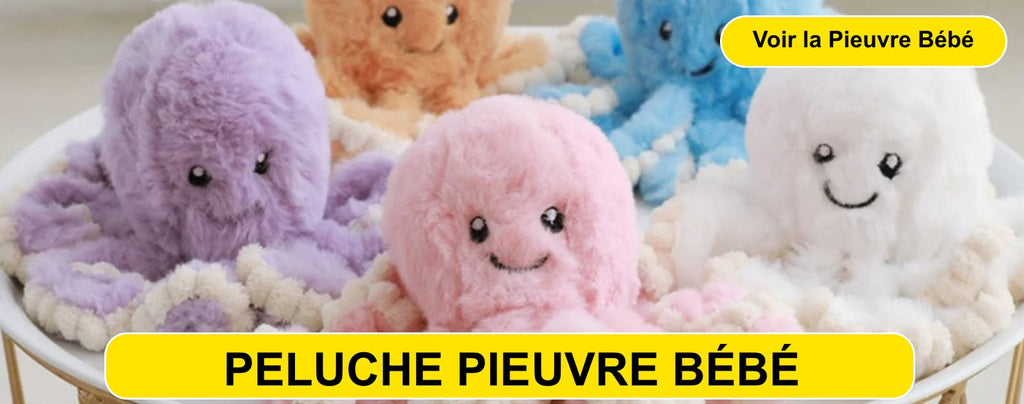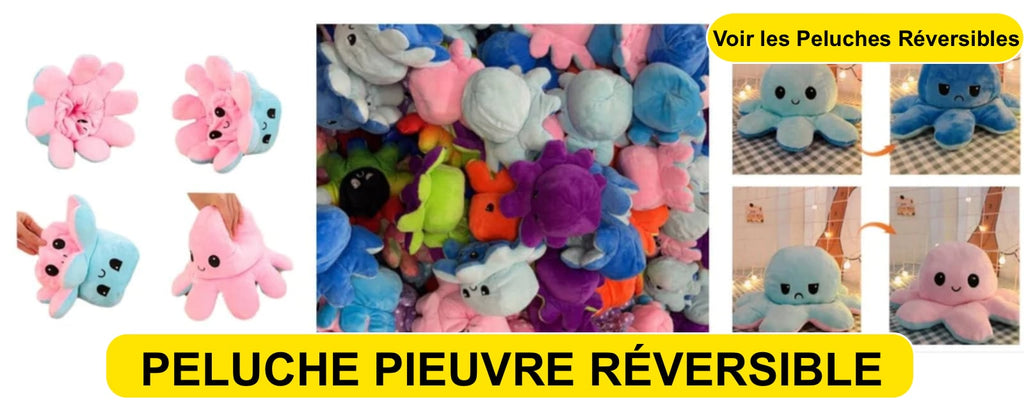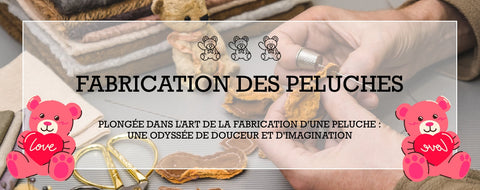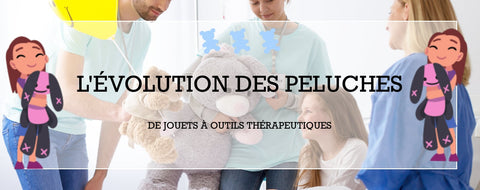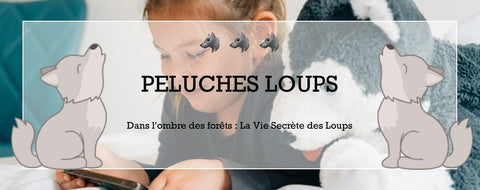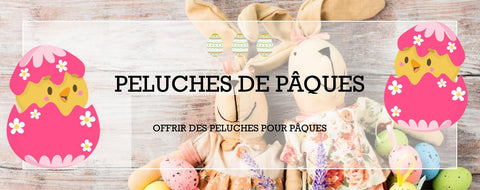
What are the benefits of octopus stuffed animals?
of reading - words
The giant octopus plush toy is today considered a real therapeutic “remedy”. Widely used by the largest hospitals in Europe to cocoon extremely premature babies.
This new type of comfort blanket therefore has several benefits approved by many neonatal department managers. But how can the octopus soft toy comfort the infant ? Are all octopus stuffed animals therapeutic? Do they really help to awaken baby from an early age?
1. Who invented octopus stuffed animals for therapeutic purposes ?
In reality, no one in particular ever really invented the octopus plush toy. It is a form of animal comforter like all the others. On the other hand, its therapeutic concept was used by a Danish midwife on her own premature child. In 2013, when her baby was born too big, she had the idea of knitting little octopuses with tentacles that the newborn's little hands could easily grip.
Having noticed that this little object of comfort worked on her child who seemed much more peaceful, she decided to share her experience on her blog. Other parents of premature children followed him and all found this miraculous object.
For babies born prematurely, the environment outside their mother's womb can still be a source of discomfort. Their first hours and first days, even first months, therefore spend in an incubator, in the maternity ward. Babies can feel alone and constantly need a reassuring presence. They are also under unimaginable stress . Having been separated too much from their mother, in particular from the umbilical cord, they are connected to machines which monitor their vital prognosis and are fed by probes connected to the nose or navel.
The octopus is the ideal cuddly toy to accompany premature babies in their incubator thanks in particular to their tentacles . These have the same shape as the umbilical cord, to which they were attached in their mother's womb for several months and which they were able to feed on to develop. According to many mothers faced with this worrying stage of their baby's prematurity, this concept of the octopus comforter placed in the incubator also has other advantages. Nurses who monitored babies in the neonatal unit were often forced to reintroduce the probe, which was constantly pulled out by the newborn's little hands, several times a day and during the night. The presence of the knitted octopus then comforts the child and gives him comfort. Instead of tearing out the cables, it easily grabs the tentacles of the new kind of baby soft toy.
2. The knitted octopus plush toy: the concept of manufacturing using amigurumi :
The Japanese have made the manufacture of crochet cuddly toys an “endemic” creation in its own right. The art of knitting anthropomorphic animals or “amigurumi” has been perpetuated since the 12th century in the Land of the Rising Sun. Today with the democratization of these therapeutic objects, amigurumi has been widely imported to the West.
Octopus stuffed animals can be made using two distinct techniques: crochet or knitting. The hook design system has been the most used for several years. The stitches are worked in rows and continuously, unlike the crochet techniques we know. In amigurumi, each element of the animal is crocheted separately. The body first, the head and tentacles of the octopus at the end. The elements are then assembled.
This manufacturing method is, however, reserved for slightly more complicated animal stuffed animals . Simpler models which only have a head and a trunk, for example, are crocheted in one go on a single support of wool, cotton and synthetic fibers. Amigurumi also stands out for the very colorful nature of the crocheted animals. This Japanese manufacturing method can also represent animals other than octopuses, such as cats, dogs, rabbits and little bears. We have recently found the panther, the hippopotamus, the white tiger, the crocodile and many other cuddly toys and company.
3. The octopus plush toy: the subject of international craze :
Even if science has not yet attested to the benefits of crocheted octopus stuffed animals , nurses who have experienced their use are unanimous. These cuddly toys unlike any other would have benefits on the heart rate of babies born well before the term. The heartbeats of infants accompanied by these little soft octopus stuffed animals would have stabilized more quickly. Furthermore, it turned out that babies who were placed in incubators with these comforting animals would have kept them for several years, up to 3 years on average.
The parents' satisfaction is such that these little octopuses are not sold, they are offered to those who need them. The system of their use is therefore based on volunteering. To become a volunteer, you must respect certain strict rules of lockpicking. Each element of the comforter must meet safety “standards” to be respected to the letter. The choice of material is first of all crucial. You need wool and a padding element that can withstand washing at high temperatures without linting or crumbling. The head of the animal must not be less than 4.5 cm, so that the premature baby does not risk putting it in the mouth.
The dimensions of the tentacles must also be respected. Their length should not exceed 20 cm when stretched. Given the supportive nature of making these little octopuses offered , the knitters have even developed tutorial videos so that everyone knows how to design them while respecting all the related rules. The only compensation for this free production is that the name of each knitter appears on the octopus comforter that she made and offered.
The “Petites pieuvres” association is also responsible for managing their manufacturing, checking compliance with the quality charter. In each hospital where these stuffed animals are adopted as comfort therapy for newborns , an ambassador works to maintain them, wash them and assign a name to each knitter on each accessory. This ambassador is also responsible for offering them to young parents whose child was born prematurely. Among other things, in Denmark, the country where this concept was born, nearly 22,000 soft toys have already been manufactured since their birth in 2013.
The use of this therapy has also been imported to France, notably to the Fontainebleau hospital, the first establishment to have validated octopus plush therapy for premature children . Other maternity hospitals followed, notably those in Valenciennes and Troyes. These hospitals followed the model from Denmark. Volunteering and solidarity are key words. The large stuffed animals are therefore offered free of charge in these French hospitals, provided that the name of the knitters is included.
4. The octopus plush toy for therapy: how to make it ?
The Peluches octopus association advocates DIY through its tutorial made for everyone. These cuddly toys are apparently very easy to make, provided you know how to knit. But other manufacturers also offer ways to design a small octopus stuffed animal yourself for your child, which will serve as a toy or decoration in their room. All you need is two different fabrics, preferably non-stretchable, a cotton thread to make the tentacles and some eyes to sew. Having a pattern is ideal, it can be downloaded freely from the Internet.
The first step is to cut out the pattern correctly. This must be done carefully, because the success of your octopus stuffed animal depends on it. The next phase then consists of sewing each piece of the head, stopping at the genesis of the tentacles. After forming the head, you must pin each tentacle, leaving the outline open in order to be able to turn the entire piece over to better finalize the entire octopus or to be able to successfully make a reversible plush toy . The ability of the octopus plush to be able to turn around at this stage also allows for easy stuffing. When the octopus is properly turned over, we can begin the stuffing to add a volume effect to the whole and especially to the tentacles which should ideally contain the largest volume of stuffing.
5. The octopus plush in all its forms :
In addition to the little knitted octopus for infants , this baby comforter is now available in countless materials and shapes to serve as comforters for all babies and to comfort them in their little moment of sadness. A whole selection of modern games and toys is available in specialized online stores as well as on our site.
The large Octavia octopus plush toy is, for example, one of the most fashionable models this year. We love it for its soft fleece fur to the touch, for all the cuddles it offers to all children, boys and girls, and for the comfort it gives them before sleeping or throughout the night. The Octavia soft toy comes in many colors to appeal to little boys and girls alike. The finish and the stitching are very neat, it is a perfectly secure early childhood object. This type of very soft cuddly toy is more suitable for older children aged 3 and over, but also for toddlers who play under the supervision of an adult.
6. The octopus plush toy and its octopus variant :
The octopus plush toy is the little sister of the octopus plush toy, also popular with young parents. This comfort stuffed animal can also be transformed into a cute decorative element for a baby room or child's room. The little octopus soft toy also personalizes party decorations, for a birthday, a baptism, etc. These stuffed animals are ideal gifts to add to a baby registry.
The large octopus plush toy is the trendy model today. Its size offers the true presence of an ideal companion for your child during the day or night. Yes, this octopus stuffed animal can also help him fall asleep. The material most used for manufacturing is cotton, offering an unrivaled feel. Easy to maintain, the octopus plush can be easily washed by hand, the recommended option to give it a longer lifespan.
7. Does the giant octopus plush also have a place in your home ?
The giant octopus plush is at the side of children who need cuddles and softness in the XXL version. Your little one won't resist cuddling this sweet everyday companion. This adorable soft toy made with care and attention will meet all your needs.
With its large dimensions, from 100 centimeters in height, it will easily find its place in a corner of a baby's room. Given its length, and like all my giant stuffed animals , this one is not recommended for children under 3 years old. A fun and original interior decoration !
8. How to choose a soft toy for your child ?
The choice of a stuffed teddy bear must be based on its quality, but also on the age of the child. Among the criteria for purchasing a plush toy are:
A. The softness of the material :
A plush toy worthy of the name must be absolutely soft to convey comfort, but also comfort. To achieve this result, manufacturers work hard to choose the right material, and there are a large number of them.
Cotton velvet, polyester , linen and wool are some examples widely used today. It is therefore important for parents to choose the subject that they like. However, as baby's skin is still very fragile, it is important to ensure that the material of the plush toy is hypoallergenic , which means that it respects the nature of baby's skin. Nothing is more pleasant for your baby than cuddling a soft teddy bear. 🥰
B. Ease of maintenance :
The comforter should be easy to wash as much as possible, since it will get dirty if the slightly older child takes it everywhere he goes in the house or outside. Quality soft toys must withstand machine washing for greater practicality, and at a high temperature, minimum 30°C.
A stuffed toy should ideally be washed at least once a month depending on how clean it is. Regular hand washing or machine washing is also a guarantee of well-being for the child. Knowing that a hand washable plush toy will preserve the longevity of your favorite stuffed animal.
Discover the cuddly toy and company collection and please your little ones!
